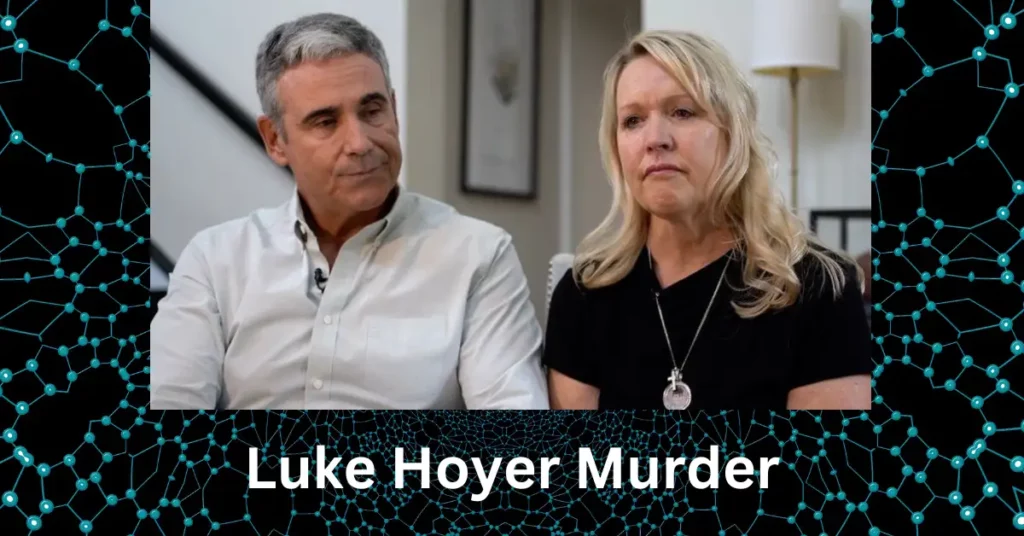A jury spared Florida school shooter Nikolas Cruz from the death penalty Thursday for killing 17 people at a Parkland high school in 2017.
Sending him to prison for the remainder of his life was a decision that left many victims’ families angered, baffled, and in tears.
The jury’s recommendation came after seven hours of deliberations over two days. It ended a three-month trial that included graphic videos and photos.
Testimony from the massacre and its aftermath, heart-wrenching testimony from victims’ family members, and a tour of the still blood-spattered building.
Under Florida law, a death sentence requires a unanimous vote on at least one count. Circuit Judge Elizabeth Scherer will formally issue the life sentenceson on Nov. 1.
Did The Injured Cruz’s Relatives, Students, And Teachers Be Allowed To Attend The Sentencing Hearing?
Cruz, his hair unkempt, largely sat hunched over and stared at the table as the jury’s recommendations were read.
As life sentences were announced, rumblings grew from the family section — packed with about three dozen parents, spouses, and other victims’ relatives.
Many shook their heads, looked angry,y or covered their eyes as the judge spent 50 minutes reading the jury’s decision for each victim. Some parents sobbed as they left court.
Read More:
- Wyatt Martin Accident: Wyatt Martin Was Murdered In Oklahoma City Tractor-trailer Incident!
- Journalist Jeff German& Murder: Washington Post Picks Up Last Story
Cruz, 24, pleaded guilty a year ago to murdering 14 students and three staff members and wounding 17 others on Feb. 14, 2018.
Cruz said he chose Valentine’s Day to make it impossible for Stoneman Douglas students to celebrate the holiday ever again.
The massacre is the deadliest mass shooting that has ever gone to trial in the U.S. Nine other people in the U.S.
Who Shot And Killed At Least 17 People?
Who fatally shot at least 17 people died during or immediately after their attacks by suicide or police gunfire. The suspect in the 2019 massacre of 23 at an El Paso, Texas, Walmart is awaiting trial.
Lead prosecutor Mike Satz kept his case simple for the seven-man, five-woman jury. He focused on Cruz’s eight months of planning.
He stalked the halls of a three-story classroom building for seven minutes, firing 140 shots with an AR-15-style semi-automatic rifle and his escape.
He played security videos of the shooting and showed gruesome crime scenes and autopsy photos. Teachers and students testified about watching others die.
He took the jury to the fenced-off building, which remains blood-stained and bullet-pocked. v gave tearful and angry statements.
Cruz’s lead attorney Melisa McNeill and her team never questioned the horror he inflicted but focused on their belief that his birth mother’s heavy drinking during pregnancy left him witha fetal alcohol spectrum disorder.
Their experts said his bizarre, troubling,g and sometimes violent behavior starting at age two was misdiagnosed as attention-deficit/hyperactivity disorder, meaning he never got the proper treatment.
That left his widowed adoptive mother overwhelmed, they said.
The defense cut its case short, calling only about 25 of the 80 witnesses they said would testify. They never brought up Cruz’s high school years or called his younger half-brother, Zachary, whom they accused of bullying.
In rebuttal, Satz and his team contended that Cruz did not suffer from fetal alcohol damage but has an antisocial personality disorder — in lay terms, he’s a sociopath.
Their witnesses said Cruz faked brain damage during testing and could control his action but chose not to. For example, they pointed to his employment as a cashier at a discount store where he never had any disciplinary issues.
Prosecutors also played numerous video recordings of Cruz discussing the crime with their mental health expert, discussing his planning and motivation.
The defense alleged on cross-examination that Cruz was sexually molested and raped by a 12-year-old neighbor when he was 9.
